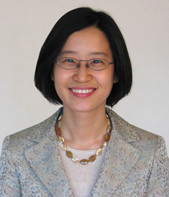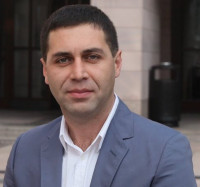Longevity, Ageing and Long-term Care
Healthcare Systems
Public Health & Health Policy
Elderly Care & Geriatrics
AXA Awards
South Korea
2017.03.31
Strengthening health care systems in aging East Asia
Comparing healthcare systems in Japan, Korea, and Taiwan
Dr. Kim will begin by looking at each country’s particular context, taking into account not just health-related factors but considering the big picture. “The aging phenomenon is embedded in and affects various aspects of our lives: not only health and well-being but also family, work, technology, and the broader social and cultural context,” she stresses. “They all need to be taken into account if a reliable comparison of healthcare systems is to be made.” Once the similarities and differences between the countries have been studied, the second step will be to analyze the healthcare systems and their performance, focusing on long-term and chronic care policies.
Ensuring sustainable, people-centered and high-quality healthcare systems in East Asia is the ultimate objective of Dr. Kim’s research. To achieve this, her project opts to provide governments and stakeholders with the evidence they need to implement tailored and performant health policy. “What we need is evidence and examples. Surely, there is no universal solution for all Asian countries, but their similarities are well-worth exploring,” the researcher says. With her comprehensive scope analysis of Asia’s long-term and chronic care systems, Dr. Kim will also provide the Asian research community with a novel framework, methods, and networks for the investigation of population aging, laying the grounds for further research to strengthen AHCS in other East Asian societies, including lower- and middle-income countries.

Hongsoo
KIM
Institution
Seoul National University
Country
South Korea
Nationality
South Korean
Related articles
Longevity, Ageing and Long-term Care
Artificial Intelligence & Emerging Technologies
Elderly Care & Geriatrics
Healthy Ageing & Longevity
Machine learning
AXA Project
France
Extending Living Space for Frail and Dependent Ageing People
The groundbreaking “Extending Living Space for Frail and Dependent Ageing People” initiative addresses one of the most pressing challenges of... Read more
Mounir
MOKHTARI

